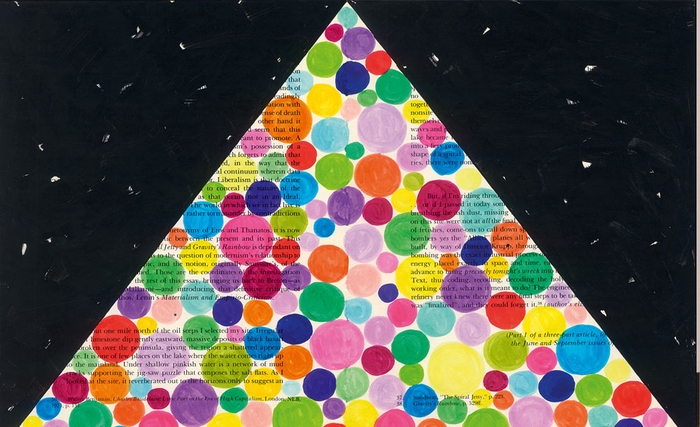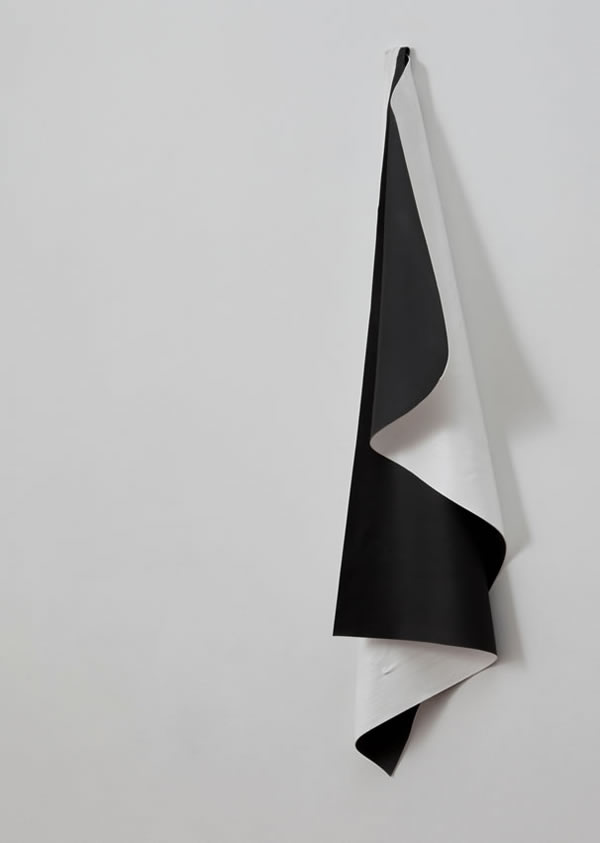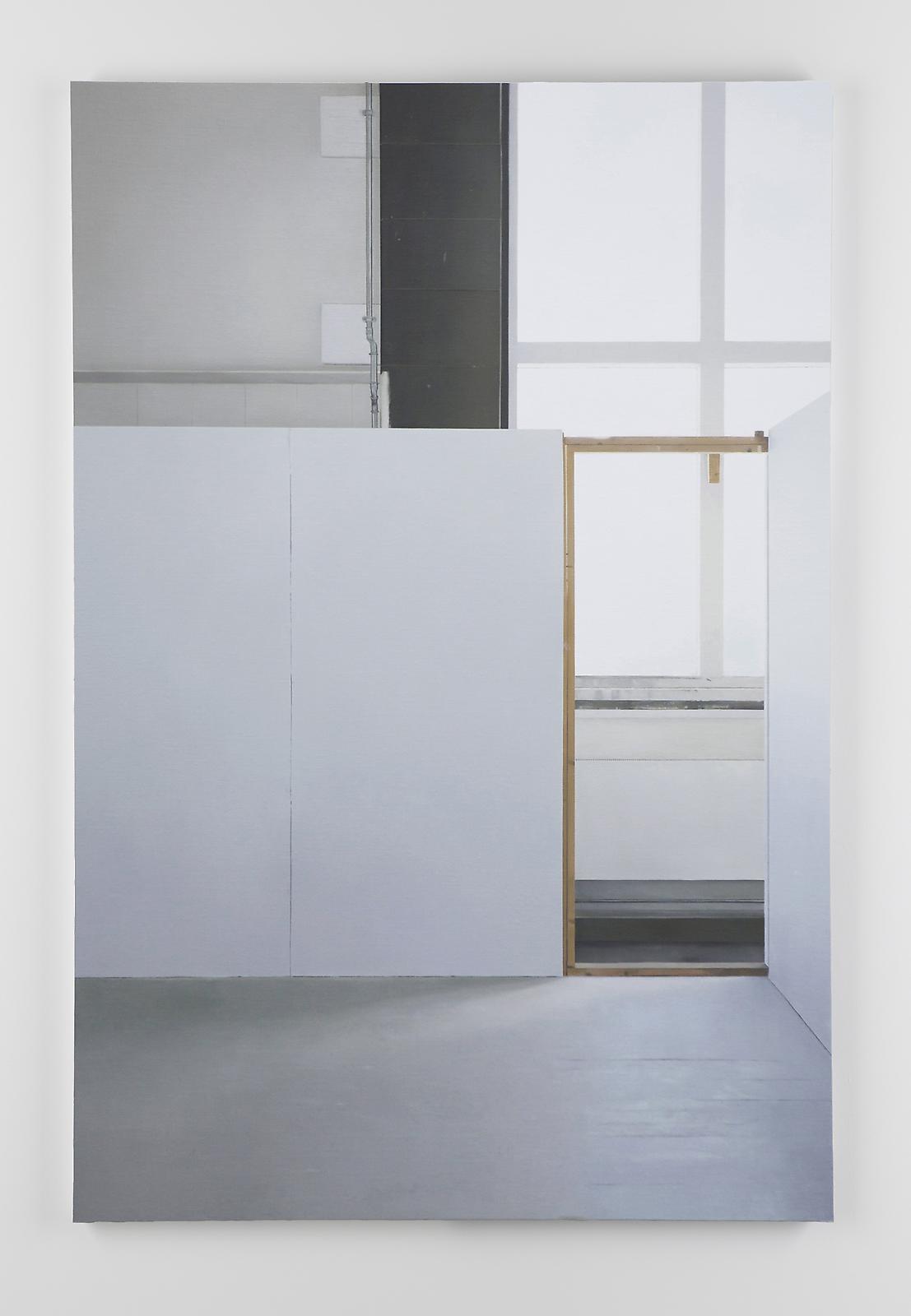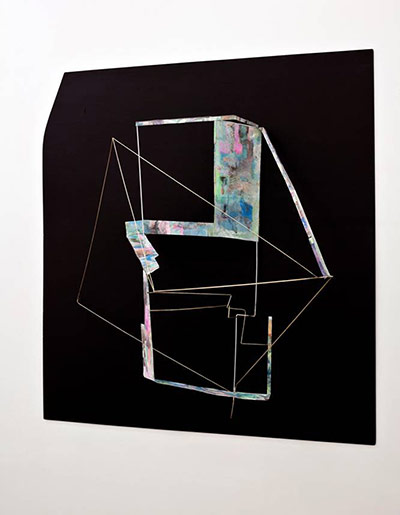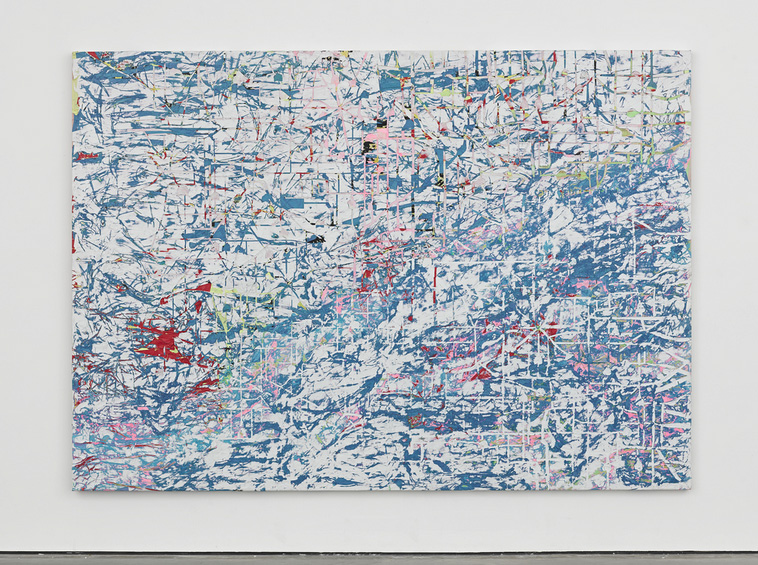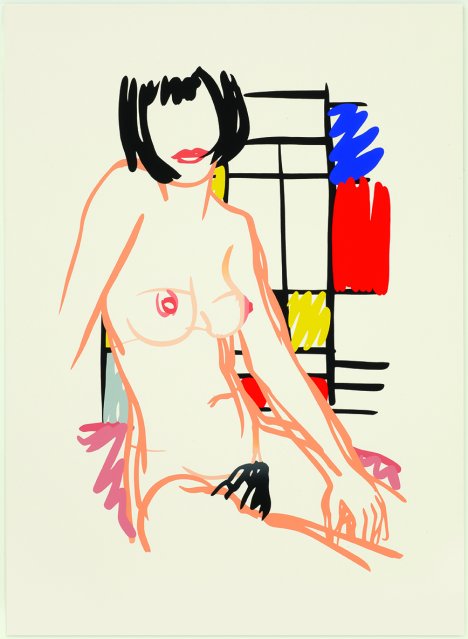DAVID BATCHELOR – FLATLANDS
2013-11-24David Batchelor is best known for his vividly-coloured sculptural installations of illuminated lightboxes, industrial dollies and other found objects. These three-dimensional works perhaps belie the fact that the root of his interest is and always has been in drawing, painting, abstraction and the monochrome — preoccupations that are best charted in his immensely varied two-dimensional work. This exhibition is the first indepth presentation of David Batchelor’s drawings and paintings.
Having originally studied painting, Batchelor has, over the last 20 years, made colour hisleitmotif. Not the colour found in nature, but the synthetic colour of the illuminated street sign and lurid glare of the nocturnal metropolis. Whether using conventional materials such as pencil, ink, pastel, gouache and acrylic, or highlighter pen, spray or gloss paint and industrial tape; whether making drawings or paintings intended to be simply drawings or paintings, or carefully-plotted diagrams of proposals for sculpture, Batchelor’s two-dimensional works show how formal rigour and a modernist aesthetic can be subverted by the deployment of intense, exuberant colour.
The exhibition presents drawings and paintings created over the last two decades, including the most recent October series and preparatory drawings for sculpture, presented alongside the large-scale, kaleidoscopic installation, Disco Mecanique (2008).
Opposite – October Drawing (by way of bombing), 2013
Exhibition runs through to January 26th, 2013
Spike Island
133 Cumberland Road
Bristol
BS1 6UX
